At-Home Learning | Kindergarten | Grades 1-2 | Grades 3-4 | Grades 5-6 | Grades 7-8 | HMH At-Home Learning Hub
Featured Problems
Rich, interesting problems are powerful tools for student learning. The questions here are open-ended. There may be multiple answers or multiple approaches. Make time for your students to discuss and compare their solutions, either with you or with others. We hope these problems will spark students’ curiosity and lead them to investigate new questions.

I subtracted one number from another and got an answer of nine. What numbers might I have started with?
Things to Consider:
Understanding number relationships is key to helping children fully develop number sense. Children should know that 7, for example, is 2 more than 5 and 2 less than 9. The openness of this problem allows children to work within a range of numbers that are just right for them. Encourage children to explain how they know that the numbers they choose are 9 apart.

? + ? + ? = 23. What might the missing numbers be?
Things to Consider:
Questions can encourage children to seek multiple solutions and investigate the mathematics more deeply.
• What happens if you choose a large number for one of the missing numbers?
• What is the largest number you could use and still have three numbers to add together?
• Can you use one of your solutions to help you find more solutions?
What can you find to trace around that will look like this:

How would you describe this shape to someone else?
Things to Consider:
We want young students to notice and describe attributes of shapes. This problem encourages children to examine the faces of 3-dimensional figures and look for rectangles. Encourage students to use the words sides and corners in their descriptions of the rectangle.

How many different ways can you make 20 cents?
Things to Consider:
There are multiple solutions to this problem. Children consider which coins have a value less than 20 cents, and they also use their number sense to decompose the number 20. After they have multiple solutions, encourage them to consider how they will know when they have found all the possible ways.

How can you use 5 addends to make 50?
Things to Consider:
This problem encourages students to think flexibly about adding multiple numbers. Ask follow-up questions to extend the learning. Can you think of another way? How many ways can you think of? Can you use all one-digit numbers? Can you use all two-digit numbers? Give examples for why you can or cannot use only one-digit or two-digit numbers.
Featured Videos
Math Focus Problem: Fractions with M&M’s
Stephanie Elizondo shows you how to use M&M’s to explore fractions in this week’s featured math focus problem!
Math Focus Problem: How Many Feet in Your House?
How many feet are you in your house? Lisa Rogers explores this math focus problem that is easy to do with the family at home!
New Normal: Engaging in Error Analysis
Hollie Hartford gives tips for math teachers engaging in remote learning while keeping the 5 pillars of mathematics in mind. Try error analysis with your students!
Questions? Click Here to Contact Us


